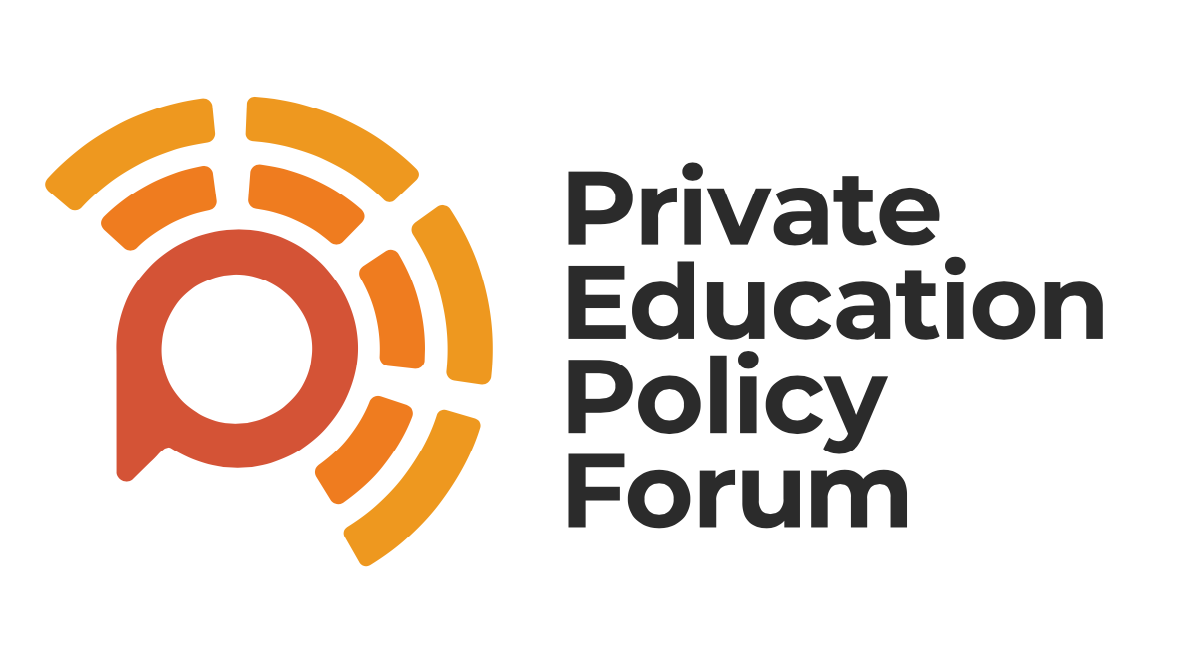This report reveals the growth of overseas campuses among British private schools, the schools’ profits and the relative expenditure on bursaries at the most profitable schools.
It was published exclusively with The Guardian.
The report was researched and compiled by Tom Fryer, a PhD researcher at University of Manchester, and James Fishwick, researcher at Private Education Policy Forum (PEPF).
Our key findings:
- £18.7 million in tax breaks over a decade:
Out of 100 high-attaining British private schools, 38 schools were operating 122
satellite campuses in 2022-23. A further 28 campuses are planned for the near
future, which will bring the total number of British private schools with overseas
campuses to 44. Forty of these have charitable status.
Between 2011-12 and 2020-21, we calculate that these 40 British private schools
received around £18.7 million in tax breaks for these ventures, by using their
charitable status to avoid corporation tax through Gift Aid donations. This was
£5.5 million in unpaid tax in 2020-21 alone.
This £18.7 million in unpaid tax could have paid for 7.7 million free school
meals between 2011 and 2021.
2. Profits have significantly increased
Between 2011-12 and 2020-21, the 40 British private schools with charitable status
made an overall profit of £98.2 million from overseas satellite campuses.
Profits have increased dramatically over time:
• Private schools made a profit of £29.1 million in 2020-21, a £10.2 million
increase from 2019-20.
• Profits in 2020-21 were over eighteen times larger than 2011-12, growing from
£1.6 million to £29.1 million.
• In 2020-21, nine British private schools made profits over £1 million (Cranleigh
School; Harrow School; Wellington College; Magdalen College School; King’s
College School, Wimbledon; Dulwich College; Malvern College; Brighton
College; Charterhouse School), with four earning over £2 million (Cranleigh
School; Harrow School; Wellington College; Magdalen College School).
• The profits are a sizeable proportion of some schools’ income. In 2020-21,
profits for seven British private schools (Harrow School; Wellington College;
King’s College School, Wimbledon; Dulwich College; Malvern College;
Brighton College; Charterhouse School) represented an average
Finally, the growth of sites abroad has been recent and large, doubling between
2017-18 and 2022-23, from 51 to 122.
• The majority of campuses are located in China and Hong Kong (52%) or the
Middle East (19%), with recent expansion in other Asian locations.
3. Some private schools make more profits than they spend on bursaries
Profits from campuses abroad are often defended as generating funds for
means-tested bursaries in the UK. Our evidence finds five British private schools
made profits that exceeded their spend on means-tested bursaries in 2020-21.
Harrow’s profits were £1 million higher (see pages 11 and 12).
Our research also reveals that British private schools with satellite campuses had
a mean per pupil income that is 5.5 times higher than that of their local state
school neighbours in the UK, using the latest data from 2017-18 (Gamsu, 2022).
You can read the full report below:



